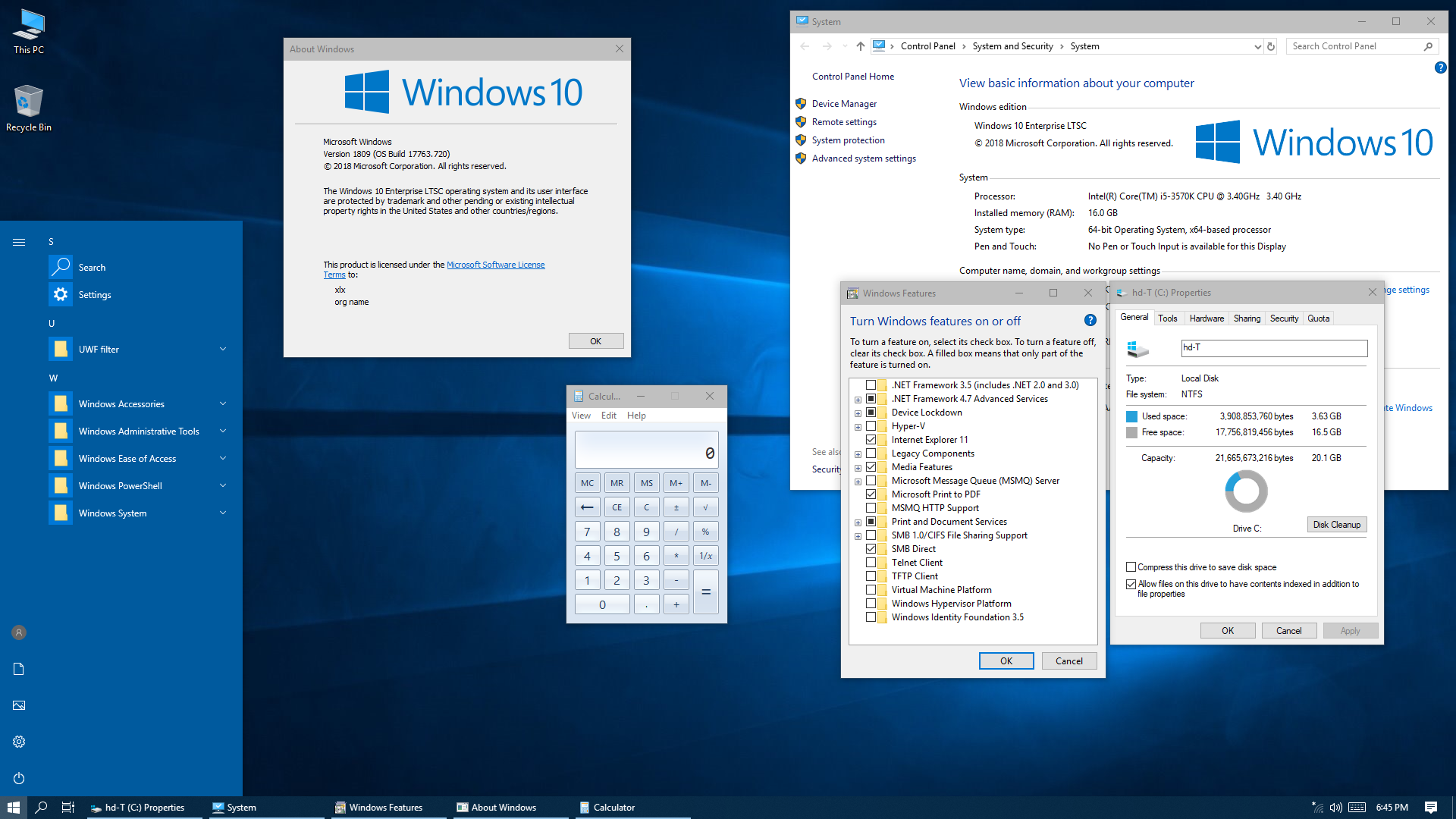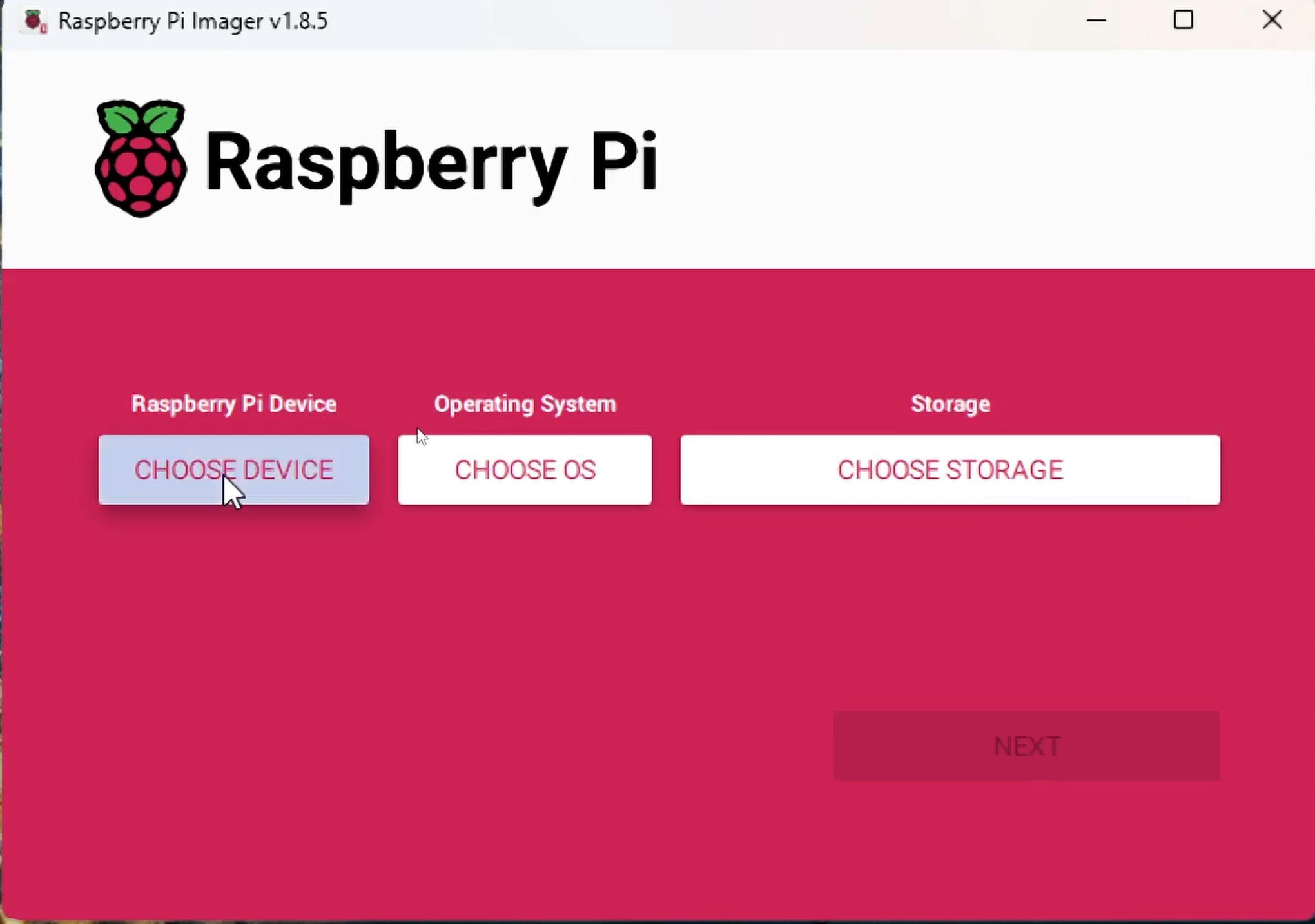Access IoT SSH From Anywhere Free On Windows 10: Your Ultimate Guide
So, you’re looking to access IoT SSH from anywhere for free using Windows 10? You’re in the right place, my friend. In today’s digital age, remote access to devices has become more important than ever. Whether you’re a hobbyist tinkering with IoT projects or a professional managing remote systems, knowing how to set up SSH access securely and freely is a game-changer. Let’s dive in and make this happen!
Imagine being able to control your IoT devices no matter where you are. Sounds cool, right? But hold up—there’s a catch. Security is crucial when opening up your network to the outside world. That’s why we’re here. This guide will walk you through everything you need to know about setting up SSH access from anywhere without breaking the bank.
Before we jump into the nitty-gritty, let’s quickly cover what you’ll need: a Windows 10 PC, an IoT device, and some basic networking knowledge. Don’t worry if you’re not a tech wizard yet—we’ll break it down step by step so even a beginner can follow along. Let’s get started!
- Vegamovie The Ultimate Destination For Movie Enthusiasts
- Braces For Teens In Glens Falls Transforming Smiles Boosting Confidence
What Is IoT SSH and Why Should You Care?
First things first, let’s talk about what IoT SSH actually is. SSH stands for Secure Shell, and it’s like a secure tunnel that lets you remotely access and manage devices over the internet. When we combine this with IoT (Internet of Things), it means you can control smart gadgets like cameras, sensors, or even home automation systems remotely.
Why should you care? Well, imagine being able to check your security camera feed or adjust your smart thermostat while you’re on vacation. Or maybe you want to troubleshoot a server issue without physically being there. IoT SSH makes all of this possible—and did I mention it’s free on Windows 10? Yeah, that’s right, no expensive software required.
How Does IoT SSH Work?
SSH works by creating an encrypted connection between your computer and the IoT device. This connection is secure, meaning no one can snoop on your data. On Windows 10, you can use built-in tools like PowerShell or third-party apps to set up SSH. The beauty of it is that you don’t need any fancy hardware—just a stable internet connection.
- K Annamalai Ips A Glimpse Into His Life Family And Journey
- Burger King Crown Incident The Hamburger Empires Crown Fiasco That Had Everyone Talking
Here’s a quick breakdown of how it works:
- Your Windows 10 PC acts as the client, sending commands to the IoT device.
- The IoT device responds with the requested information or executes the command.
- All communication is encrypted, ensuring your data stays safe.
Setting Up IoT SSH on Windows 10
Now that you know what IoT SSH is, let’s talk about how to set it up on your Windows 10 machine. Don’t panic—it’s easier than it sounds. We’ll go step by step, so you won’t get lost.
Step 1: Enable SSH on Windows 10
Windows 10 comes with SSH built-in, but you need to enable it first. Here’s how:
- Open the Start menu and type “Turn Windows features on or off.”
- Scroll down and check the box next to “OpenSSH Client.”
- Click OK, and your system will install the necessary components.
Once that’s done, you’re ready to roll. Easy peasy, right?
Step 2: Configure Your IoT Device
Next up, you need to configure your IoT device to accept SSH connections. This varies depending on the device you’re using, but most modern IoT gadgets have built-in support for SSH. Just make sure SSH is enabled in the settings, and note down the IP address—you’ll need it later.
Connecting to Your IoT Device from Anywhere
Alright, so you’ve got SSH set up on your Windows 10 PC and your IoT device. But how do you access it from anywhere? That’s where port forwarding comes in. Let me explain.
What Is Port Forwarding?
Port forwarding is like creating a doorway between your local network and the internet. It allows external devices to connect to your IoT device securely. Here’s how to set it up:
- Log in to your router’s admin panel. Usually, you can do this by typing the router’s IP address (like 192.168.1.1) into your browser.
- Find the “Port Forwarding” section and add a new rule.
- Set the external port to 22 (the default SSH port) and the internal IP to your IoT device’s address.
Voilà! You’ve now opened a secure pathway to your IoT device.
Securing Your IoT SSH Connection
Security is key when it comes to remote access. You don’t want random hackers messing with your devices, do you? Here are some tips to keep your IoT SSH connection safe:
Tip 1: Use Strong Passwords
Never use simple passwords like “1234” or “password.” Instead, go for something complex with a mix of letters, numbers, and symbols. And don’t forget to change it regularly!
Tip 2: Enable Two-Factor Authentication
Two-factor authentication adds an extra layer of security by requiring a second form of verification, like a code sent to your phone. Most modern IoT devices support this feature, so take advantage of it.
Troubleshooting Common Issues
Even the best-laid plans can go awry sometimes. If you’re having trouble connecting to your IoT device via SSH, here are a few things to check:
- Make sure SSH is enabled on both your Windows 10 PC and your IoT device.
- Double-check your router’s port forwarding settings.
- Verify that your firewall isn’t blocking the connection.
If none of these work, don’t hesitate to reach out to the manufacturer’s support team. They might have additional insights specific to your device.
Free Tools to Enhance Your IoT SSH Experience
While Windows 10’s built-in SSH tools are great, there are also some awesome free apps that can make your life easier:
Tool 1: PuTTY
PuTTY is a popular SSH client that offers more features than the default Windows app. It’s lightweight, easy to use, and completely free. Give it a try if you want more control over your SSH sessions.
Tool 2: WinSCP
WinSCP is another fantastic tool for managing files over SSH. If you need to transfer data between your Windows 10 PC and your IoT device, this is the app for you.
Real-World Applications of IoT SSH
Now that you’ve got the basics down, let’s talk about some real-world applications of IoT SSH:
- Remote monitoring of home security systems.
- Managing smart home appliances from afar.
- Accessing servers or data centers for troubleshooting.
The possibilities are endless! With IoT SSH, you can automate tasks, save time, and increase efficiency—all for free on Windows 10.
Future Trends in IoT SSH
As technology continues to evolve, IoT SSH will only become more powerful. We’re already seeing advancements in encryption, automation, and AI integration. Keep an eye on these trends to stay ahead of the curve.
Predicting the Next Big Thing
Experts predict that quantum computing will revolutionize the way we handle encryption. This means even more secure SSH connections in the future. Exciting times ahead, my friends!
Conclusion
So there you have it—your complete guide to accessing IoT SSH from anywhere for free on Windows 10. By following the steps outlined in this article, you can take full control of your IoT devices no matter where you are. Remember to prioritize security and explore the free tools available to enhance your experience.
Now it’s your turn! Try out what you’ve learned and let us know how it goes. Leave a comment below or share this article with your friends. And if you’re hungry for more tech tips, be sure to check out our other guides. Happy hacking!
Table of Contents
- Access IoT SSH from Anywhere Free on Windows 10: Your Ultimate Guide
- What Is IoT SSH and Why Should You Care?
- How Does IoT SSH Work?
- Setting Up IoT SSH on Windows 10
- Step 1: Enable SSH on Windows 10
- Step 2: Configure Your IoT Device
- Connecting to Your IoT Device from Anywhere
- What Is Port Forwarding?
- Securing Your IoT SSH Connection
- Tip 1: Use Strong Passwords
- Tip 2: Enable Two-Factor Authentication
- Troubleshooting Common Issues
- Free Tools to Enhance Your IoT SSH Experience
- Tool 1: PuTTY
- Tool 2: WinSCP
- Real-World Applications of IoT SSH
- Future Trends in IoT SSH
- Predicting the Next Big Thing
- Conclusion



Detail Author:
- Name : Dr. Rodger Kihn DDS
- Username : marcia.mueller
- Email : kamron.prosacco@bailey.com
- Birthdate : 2006-01-09
- Address : 3388 Bernhard Valleys Gerhardview, NV 16400-0294
- Phone : +1.586.782.1894
- Company : Stark-Zboncak
- Job : Medical Equipment Preparer
- Bio : Dolor et debitis illum aliquid. Incidunt neque dicta qui reprehenderit inventore optio molestiae.
Socials
instagram:
- url : https://instagram.com/lreilly
- username : lreilly
- bio : Autem et eaque doloremque ut ut aperiam. Ratione fugit sapiente fuga deleniti.
- followers : 5332
- following : 1889
twitter:
- url : https://twitter.com/laylareilly
- username : laylareilly
- bio : Quam impedit harum iure fugit expedita cupiditate fugit. Et id optio distinctio natus at. Doloremque in aut ea et. Nostrum et nostrum perferendis quia autem.
- followers : 971
- following : 2672
linkedin:
- url : https://linkedin.com/in/layla_reilly
- username : layla_reilly
- bio : Perspiciatis ducimus et adipisci in sit.
- followers : 809
- following : 2206